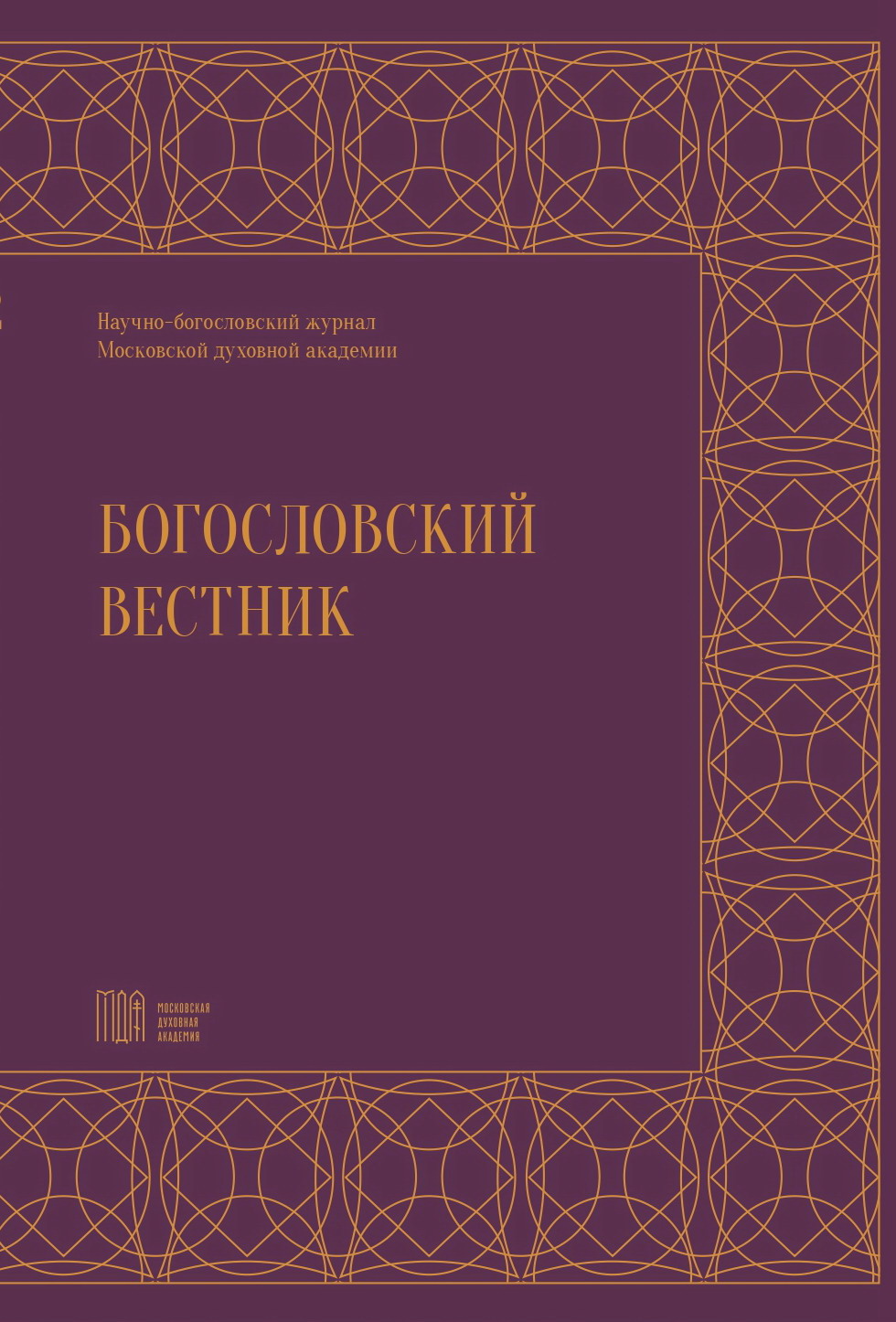Devilskins or Hypocritically Raging: Referring to the Pre-Revolutionary Experience
DOI:
https://doi.org/10.31802/GB.2023.48.1.015Keywords:
Possession, Klikushestvo, Psychiatry, Psychology of Religion, Exorcism, Hypnosis, Hysteria, Psychological Epidemics, CharcotAbstract
Through an appeal to the experience of pre-revolutionary psychiatry, it is proposed to revise the well-established idea of klikushestvo as a false possession. The article is focused on the analysis of the most substantial of all prerevolutionary researches of the topic — monograph by n. V. Krainsky «Evil Eye, Klikushi and Possession as Phenomena of Russian Folk Life». Through the comparison of Krainsky’s work with the works of his contemporaries (A. A. Tokarsky, M. P. Nikitin, M. Y. Lakhtin, V. S. Yakovenko, A. D. Kotsovsky), the originality of his ideas is shown. The article examines Krainsky’s theory in a historical and cultural context, it is shown that the background for its development was the ideas about induced psychosis developed by S. I. Sternberg, V. I. Yakovenko, V. M. Bekhterev and the hysterical concept of neurosis by J.-M. Charcot. A detailed analysis of Krainsky’s research has been carried out and it is proved that he created the original concept of klikushestvo as a social disorder not related to epilepsy and hysteria, Krainsky explains klikushi’s seizures with extreme suggestibility of the psyche. Krainsky’s concept is compared with classical Western studies of possession (T. Osterreich, I. Lewis), it is shown that he managed to anticipate their ideas. It is concluded that if we follow Krainsky’s logic about the extreme force with which patterns of behavior of the possessed are fixed in people attending public exorcisms, then it is necessary to limit as much as possible the circle of whose who can participate in such events.
Downloads
References
Проект документа «Отношение Русской Православной Церкви к современным практикам экзорцизма». [Электронный ресурс]. URL: https://msobor.ru/document/54 (дата обращения 30.03.2023).
Бехтерев В. М. Внушение и его роль в общественной жизни. Санкт-Петербург: Изд. К. Л. Риккер, 1903.
Кавинова И. П. Психическая эпидемия как социальный феномен // Гуманитарный вестник. 2018. № 9 (71). С. 1–17.
Коцовский А. Д. О так называемом «Балтском движении» в Бессарабии // Труды Бессарабского общества естествоиспытателей и любителей естествознания. 1912. Т. 3. С. 147–180.
Краинский Н. В. Порча, кликуши и бесноватые как явления русской народной жизни. Новгород: Губернская тип., 1900.
Лахтин М. Бесоодержимость в современной деревне. Историко-психологическое исследование // Вопросы философии и психологии. 1910. Кн. 102. С. 141–184.
Мельникова Е. А. Отчитывание бесноватых: практики и дискурсы // Антропологический форум. № 4. С. 220–263.
Никитин М. П. К вопросу о кликушестве // Обозрение психиатрии, неврологии и экспериментальной психологии. 1903. № 9. С. 656–668.
Попов Г. Русская народно-бытовая медицина. Санкт-Петербург: Тип. А. С. Суворина, 1903.
Токарский А. А. Психические эпидемии // Вопросы философии и психологии. 1891. Год IV. Кн. 5 (20). С. 203–223.
Токарский А. А. О вредном влиянии гипнотизирования. Санкт-Петербург: Тип. М. М. Стасюлевича, 1889.
Токарский А. А. Отчитывание больных в настоящее время // Журнал невропатологии и психиатрии им. С. С. Корсакова. 1904. № 1 (Приложение на правах рукописи). С. 1–30.
Штейнберг С. И. Кликушество и его судебно-медицинское значение // Архив судебной медицины и общественной гигиены. 1870. № 2. С. 64–81.
Элленбергер Г. Открытие бессознательного-1: История и эволюция динамической психиатрии от первобытных времен до психологического анализа. Москва: Академический проект, 2018.
Яковенко В. С. Психическая эпидемия на религиозной почве в Ананьевском и Тираспольском уездах Херсонской губ. // Современная психиатрия. 1911. Март. С. 191–198.
Edelman N. Gustave Boissarie, Jean-Martin Charcot and Sigmund Freud. Three Doctors’ Responses to Some Unusual Bodily Phenomena: Convergences and Divergences // Sign or Symptom? Exceptional Corporeal Phenomena in Religion and Medicine in the Nineteenth and Twentieth Centuries. Leuven: Leuven University Press, 2017. P. 43–54.
Lewis I. M. Ecstatic Religion: A Study of Shamanism and Spirit Possession. New York (N. Y.): Routledge, 2002.
Marshall J. W. Performing Neurology: The Dramaturgy of Dr Jean-Martin Charcot. London: Palgrave Macmillan, 2016.
Oesterreich T. K. Possession, Demoniacal and Other, Among Primitive Races, In Antiquity, The Middle Ages and Modern Times. London: Kegan Paul and Co., 1930.
Westerink H. Demonic Possession and the Historical Construction of Melancholy and Hysteria // History of Psychiatry. 2014. Vol. 25 (3). P. 335–349.
Downloads
Published
How to Cite
Issue
Section
Categories
License

This work is licensed under a Creative Commons Attribution-ShareAlike 4.0 International License.








